Are your lavender plants turning brown? If so, you’re probably wondering what is going on and how to fix it. Thankfully, the causes of this common problem are typically fairly easy to diagnose and address, so you can quickly get your lavender back in tip-top shape. In this blog post we’ll go over why your lavender might be turning brown and some of the possible solutions for getting them healthy again. Read on for our quick guide about keeping your precious flower beds looking vibrant!
The Most Common Reasons Lavender Turns Brown
Watering Issues
Lavender needs regular, small amounts of water but can suffer from both over and under-watering. If you water too much your plants will become more susceptible to root rot, while watering too little will cause the leaves to dry out and turn brown.
Heat Stress
Lavenders thrive in a warm climate but too much heat can cause them to wilt or burn which leads to browning of the foliage. It is important to watch out for sudden changes in temperature or prolonged exposure to high temperatures that could cause the plant’s leaves and stems to scorch. [1]
Pest Infestation
Pests such as aphids, spider mites, thrips, whiteflies and mealybugs can all damage lavender plants. These pests can cause the foliage to turn brown and die off. If you suspect your plant may have been infested, take a look at the stems and leaves for signs of insect activity such as webs or mites.
Nutrient Deficiencies
Lavender requires specific amounts of nutrients in order to thrive. If there is an imbalance or lack of certain minerals or other essential elements, the leaves will start to yellow and eventually turn brown. It’s important to make sure your lavender is getting all of the necessary nutrients it needs in order to stay healthy.
Disease
Certain diseases can affect lavenders too, with common culprits being root rot and mildew. These diseases can cause the leaves to become discolored and start to die off, leading to browning of the foliage. If you suspect your plants may be affected by disease, take a look at the roots for any signs of rot or inspect the leaves for mildew.
Seasonality
Lavender is a perennial plant which means it has a life cycle that follows the changing of seasons. In some cases, the foliage may turn brown during winter or other times of dormancy as part of its natural lifecycle. It’s important to keep this in mind when looking for signs of damage or disease.
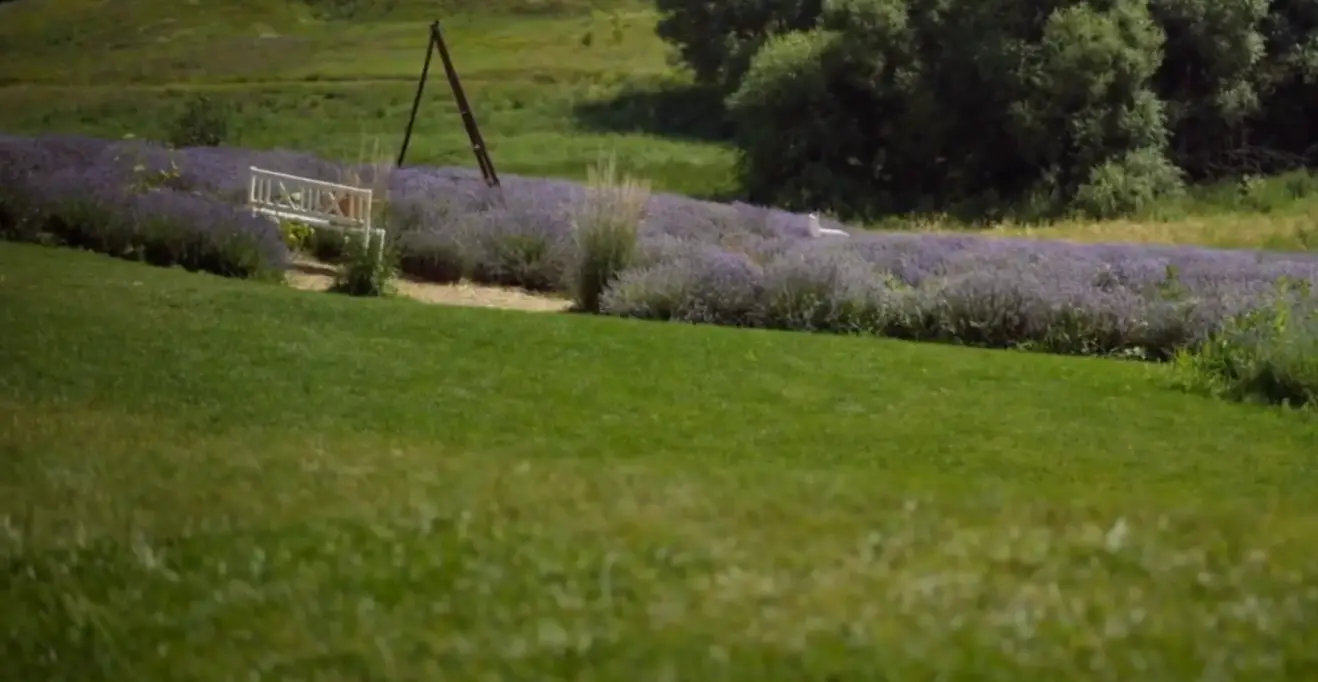
Not Pruning
Pruning lavender regularly is important in order to keep it healthy and encourage new growth. If you don’t prune your plants, the old foliage can die off and become brown or brittle. It’s recommended to prune your lavender plants once a year to promote healthful growth and ensure that the plant stays vibrant and green.
Wrong Companion Plants
Lavender does not always play well with other plants. If you are planting lavender in close proximity to other plant species, make sure that they are not prone to the same pests or diseases as lavender. Otherwise, your plants may be at risk of becoming affected by the same problem and turning brown. [2]
Incorrect pH Levels
The pH balance of your soil is also important for maintaining a healthy lavender plant. Lavenders prefer soils with a slightly acidic pH level between 6.0-7.0; if the soil becomes too alkaline it can cause the leaves to become yellow and eventually turn brown. It’s best to test the pH levels of your soil every few months to ensure that everything is within acceptable ranges for your plants.
What To Do?
When your lavender starts to turn brown, it can be disheartening. Fortunately, there are ways to revive your plant and keep it looking its best.
The first step is to identify the cause of the discoloration. Is it due to overwatering, not enough light, or too much fertilizer? Knowing why the leaves are turning brown will help you take the necessary steps for recovery.
If the cause is lack of light, you should move your plant to an area with more sun exposure. Make sure it gets around 6 hours of direct sunlight per day to promote healthy growth and discourage browning.
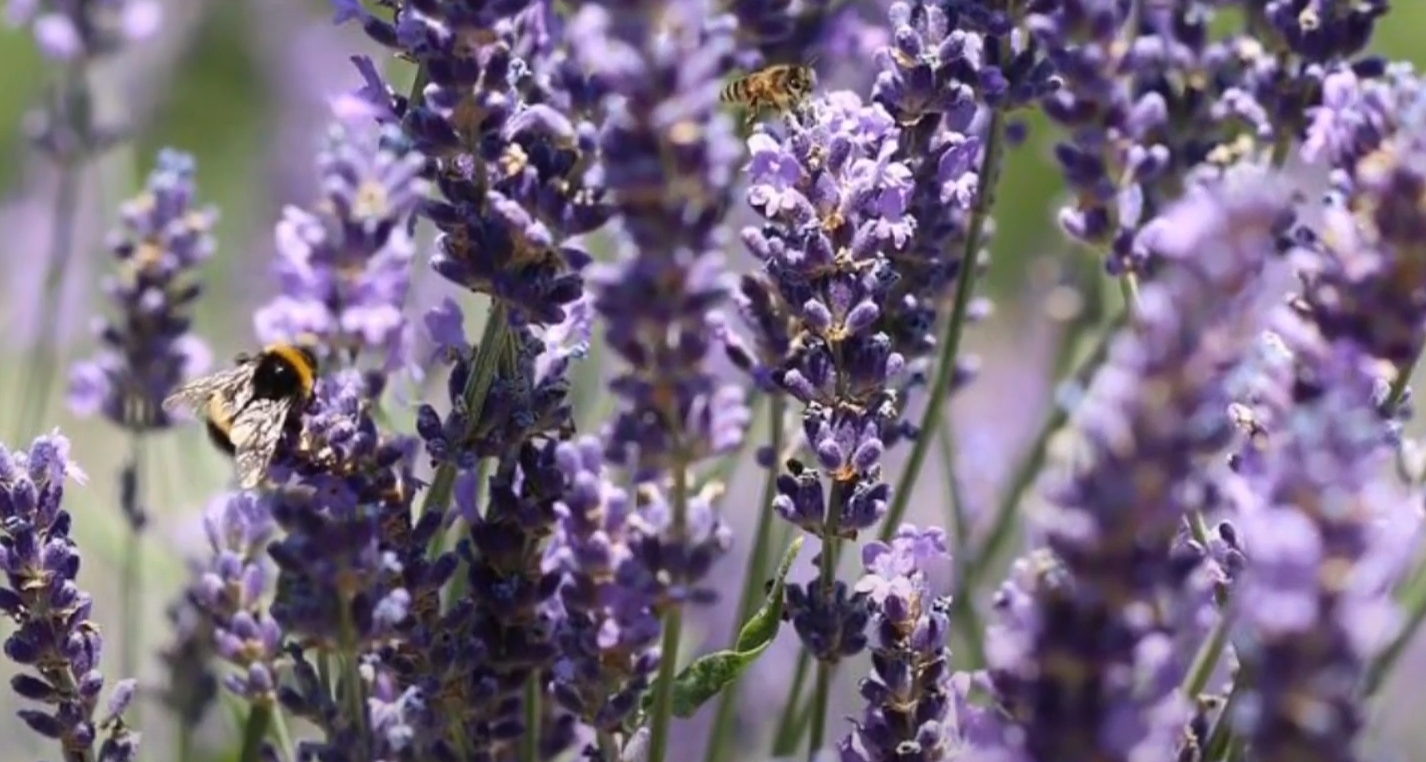
Fertilizer can also be a possible culprit for discoloration in lavender plants. If this is the case, reduce or eliminate the fertilizer altogether and wait for new growth before using again. Over-fertilization can burn roots and leaves, causing them to turn brown.
Finally, if it seems like none of these solutions are helping, consider pruning away affected branches or repotting into fresh soil—both of which could potentially help revive your plant back to its original beauty.
By taking the right steps for prevention and recovery, you can keep your lavender looking healthy and vibrant for many years to come. And who doesn’t love a beautiful, fragrant lavender plant? It certainly adds a lot of charm to any garden! [3]
Treatment Tips
When it comes to treating lavender turning brown, the main focus should be on improving its environment. Here are a few things you can do:
- Water lavender regularly and deeply but avoid over-watering. Make sure the soil is moist without being soggy.
- Position your plant in an area that receives plenty of sunlight throughout the day. Lavender loves direct light but too much sun can cause burn spots or wilting.
- Prune your plant every 2 weeks to get rid of dead, dying, or diseased branches and buds that may have been affected by pests or diseases.
- Apply a balanced fertilizer twice a month during the growing season (spring and summer) to promote healthy growth.
- Improve the soil by applying a layer of mulch or compost to keep moisture in the soil and protect the roots from extreme weather conditions.
- Check for pests regularly and take prompt action if you spot any. Treat affected plants with an insecticide or pesticide as soon as possible.
Following these tips can help improve your lavender’s environment, preventing it from turning brown and helping it flourish.
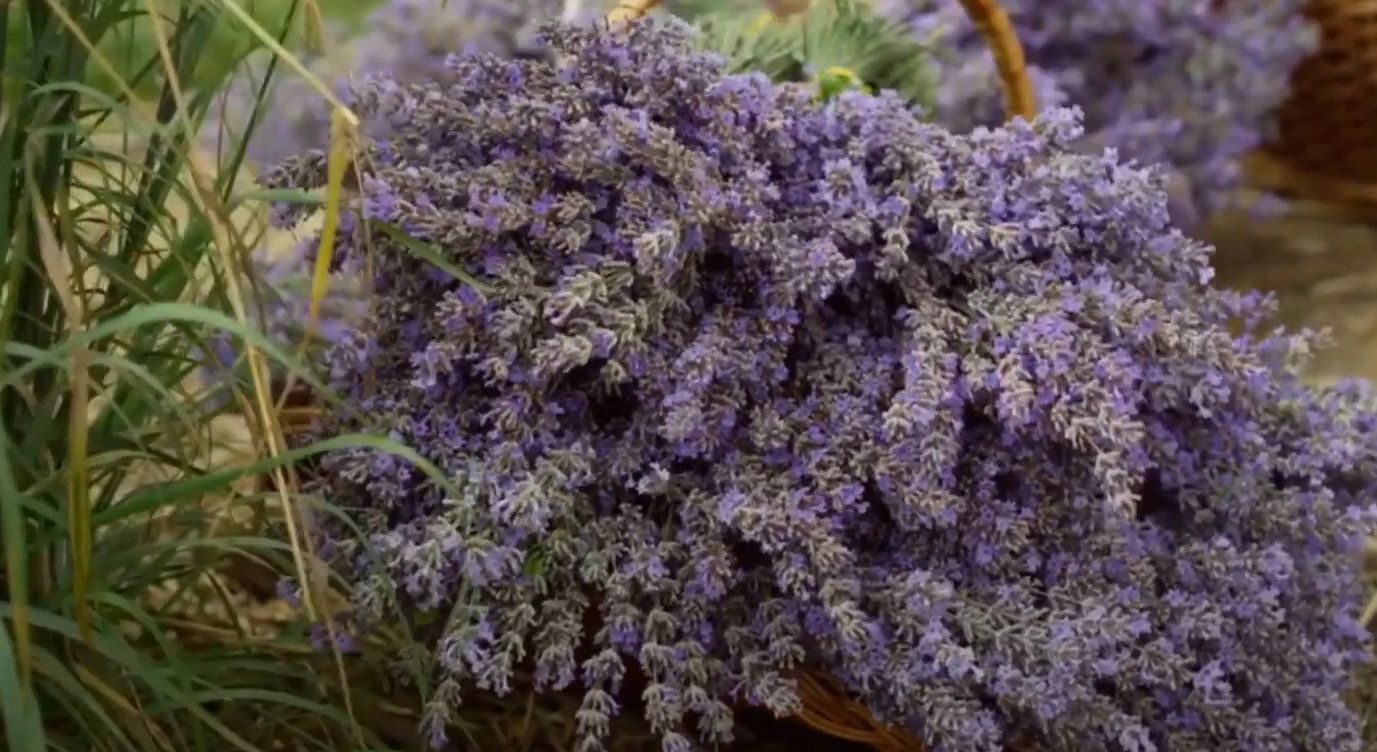
Will Brown Lavender Turn Purple Again?
Unfortunately, once lavender turns brown, it is not likely to turn back to its original purple hue. The cause of the discoloration (usually due to lack of water or other environmental conditions) has caused a permanent change in the color of the plant’s leaves and stem.
However, there are some steps you can take to prevent further damage and help keep your lavender healthy and looking its best:
- Provide adequate water – Lavender needs plenty of water during hot, dry summer months; aim for 1-2 inches per week during this time. Water at the base of the plant rather than from overhead.
- Prune damaged stems and foliage – Trim off any dead or browning leaves and stems to encourage the healthy growth of new shoots.
- Fertilize lightly – Lavender needs only a small amount of fertilizer each year; a time-release fertilizer specifically for lavender is best.
- Place in full sun – Lavender needs at least 6 hours of sunlight per day to thrive, so it’s important to pick an area with plenty of sunshine.
- Avoid over watering – Too much water can lead to root rot, which will cause the plant to die or become discolored. Let the soil dry out between watering sessions and check for drainage issues that may be causing unwanted moisture buildup near the roots.
By following these steps you can keep your lavender healthy and looking its best. While it won’t turn back to its original color, you can still enjoy the beauty of this unique plant for many years to come! [4]
Should I Prune My Brown Lavender?
If your lavender is turning brown, the first thing to do is check for signs of disease or insect damage. If you don’t see any evidence of pests or diseases, it’s likely that your lavender is just too old and needs to be replaced.
If you’re unsure if there are live stems beneath the dead tissue, or if you’re unsure of how to prune your plant correctly, it’s always best to consult a knowledgeable gardener before taking any action.
Regardless of whether you choose to prune or replace your brown lavender, remember that regular care and attention can help ensure the health of this fragrant herb. Water regularly and make sure there is adequate sunlight for optimal growth. With proper care, you can enjoy the beauty and fragrance of healthy lavender in your garden for years to come.
Pros and Cons of Growing Lavender
Growing lavender is a great way to add color and scent to your garden. However, there are some drawbacks to growing lavender that you should consider before planting it in your garden.
Pros:
- Lavender is relatively easy to grow and maintain, so it makes a great plant for beginner gardeners or those with limited gardening experience.
- It has a pleasant aroma and can help create an inviting atmosphere in the garden.
- Its flowers attract bees, butterflies, and other beneficial insects. This helps promote biodiversity in the garden by providing food for these beneficial creatures.
- Lavender can be used medicinally or as an ingredient in food dishes.
- It’s long lasting; with the right care, a lavender plant can produce flowers for several years.
Cons:
- Lavender is susceptible to browning if not cared for properly. If left without water or in too much shade, it can quickly turn brown and die.
- It requires full sun to thrive, so you’ll need to make sure that it gets enough direct sunlight each day.
- Lavender plants tend to spread quickly, so they may need regular pruning or dividing in order to keep them under control.
- The scent of lavender might be overwhelming in small areas; if you’re planting it near seating areas or windows, make sure the amount of fragrance isn’t too strong.
- Lavender is prone to diseases such as powdery mildew and root rot, so it’s important to keep a close eye on the plants for any signs of infection.
Overall, lavender can be a great addition to your garden if you understand its requirements and take proper care of it. With the right amount of sunlight, water, and protection from pests and diseases, lavender can bring beauty and fragrance to your garden for many years to come. [5]
FAQ
Can you revive brown lavender?
Yes, it is possible to revive a brown lavender. It is important to identify the cause of browning and take appropriate measures such as improving drainage, adding compost, or reducing watering frequency. In addition, pruning away any affected parts can help remove dead tissue and encourage new healthy growth.
When should I water my lavender?
Lavender prefers infrequent but deep watering for best results. Depending on your local climate, once every 7-14 days may be sufficient. When you do water, make sure to saturate the soil around the plant until moisture reaches a depth of 6-8 inches (15-20 cm). If the soil dries out before this time period elapses, increase watering frequency slightly or provide supplemental irrigation.
How should I fertilize my lavender?
You should only fertilize your lavender if there is evidence of nutrient deficiency, as too much fertilizer can cause the plant to become overly lush and reduce flowering. If you decide to fertilize, use a balanced fertilizer with an NPK ratio of 10-10-10 or something similar that contains micronutrients. Apply this in early spring before new growth appears and again around midsummer when the plant starts to flower. Make sure not to overdo it—too much fertilizer can harm your plant!
What disease could be causing my lavender to turn brown?
There are several diseases that could be causing your lavender to turn brown, including root rot, powdery mildew or blight. If you suspect one of these diseases, contact your local cooperative extension office for help identifying the cause and what steps you can take to treat it. In some cases, proper pruning and improved cultural practices may be enough to revive your lavender.
Do I need to prune my lavender?
Yes, regular pruning is important for keeping your lavender healthy and vigorous. Prune off any dead or diseased parts as soon as you notice them to prevent spread of the problem. Additionally, in early summer cut back some of the older stems to promote new growth and more flowering later in the season. As a general rule, avoid cutting more than ⅓ of the overall plant height at any time.
Can I save dried out lavender?
If your lavender plant has dried out, all is not lost. You can save it by cutting off any dead stems and leaves, then giving the plant a thorough watering. Be sure to use lukewarm water and let the soil dry before repeating the process. Make sure you are careful when handling the lavender so as not to damage any healthy parts of the plant. Additionally, be aware that using too much water or over watering may cause root rot, which can result in more serious problems. If possible, fertilize your lavender with an organic fertilizer to help encourage new growth. With proper care and attention, you should see some signs of recovery in a few weeks. Remember to keep up with regular watering and fertilization for the best results. With a little luck, your lavender should soon be looking as good as new!
Useful Video: Why Is My Potted Lavender Turning Brown?
Conclusion
In conclusion, if your lavender plants are turning brown, it’s important to take the necessary steps to prevent further damage. Check for signs of pests or diseases and treat accordingly. Make sure you are watering regularly and not overwatering, as this can cause root rot. Ensure that the soil is well-draining and make sure the plant is getting enough sunlight but not too much. Prune any dead or damaged stems and fingers crossed with a bit of tender love and care your lavender should be back in full bloom soon! It may take some time for it to recover, so patience is key! Try experimenting with a few different solutions until you find what works best for your particular garden.
Good luck!
References:
- https://breathinggarden.com/why-is-my-lavender-turning-brown/
- https://www.gardenerreport.com/lavender-turning-brown/
- https://www.growveggy.com/b/lavender-turning-brown/
- https://sfuaa.org/lavender-turning-brown-try-this/
- https://plantcarer.com/lavender-turning-brown/





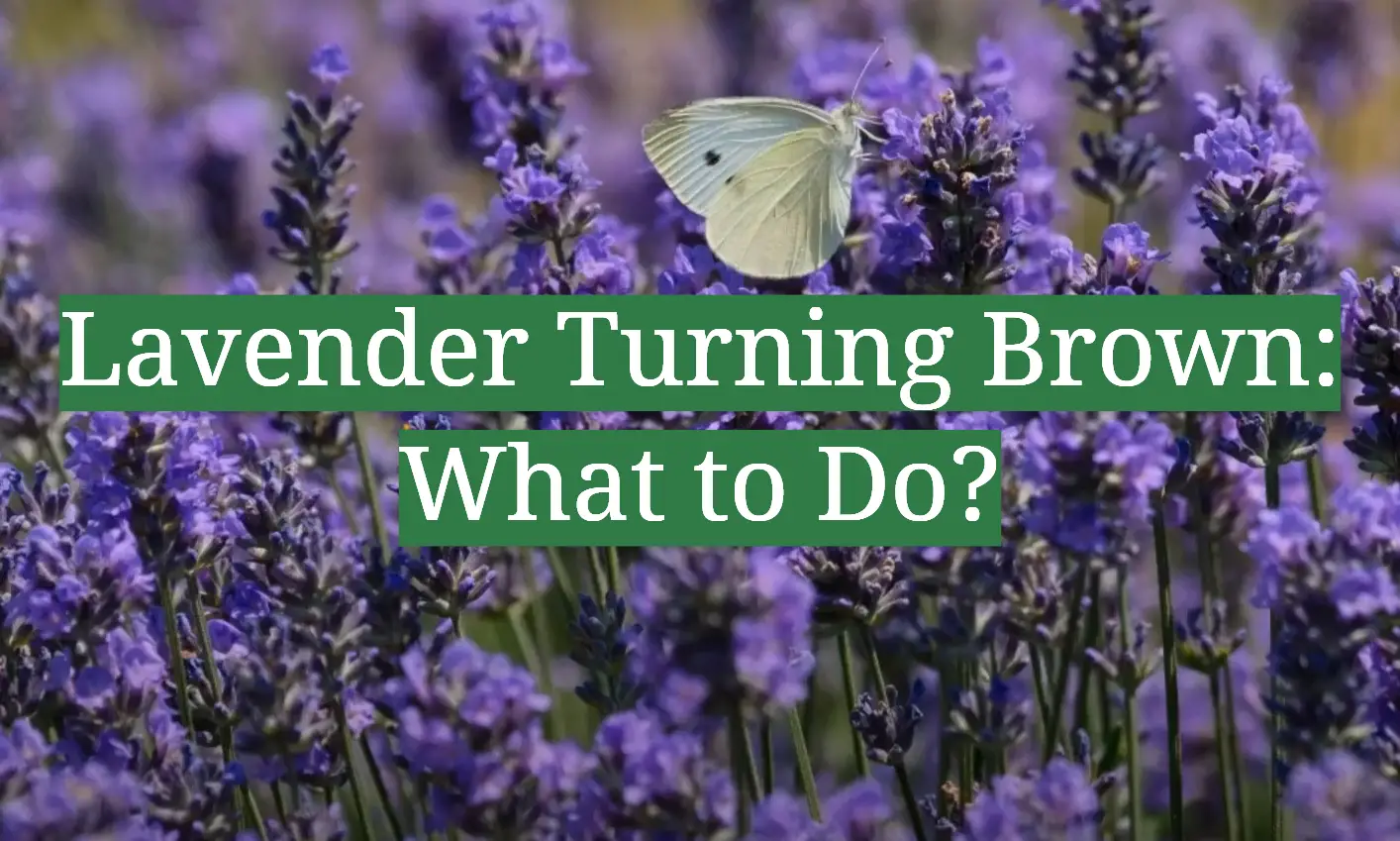
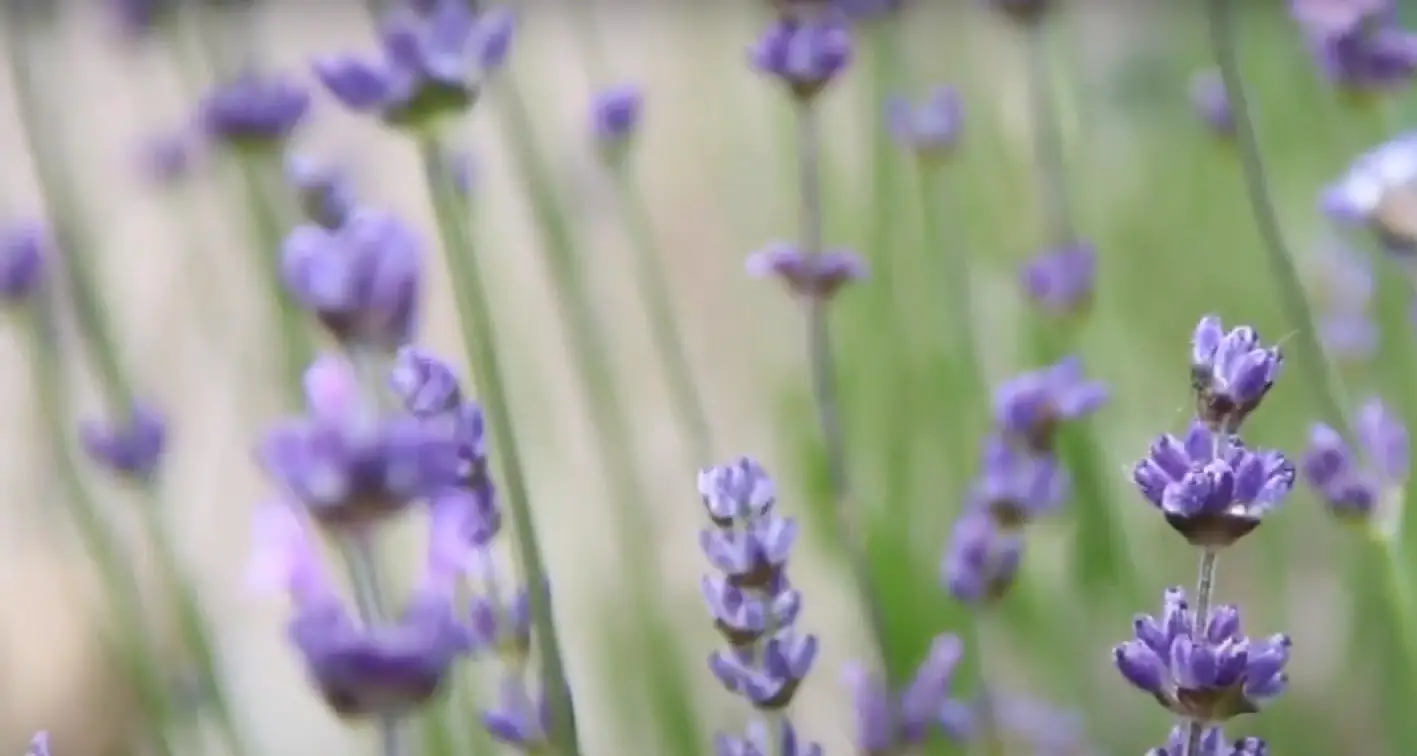
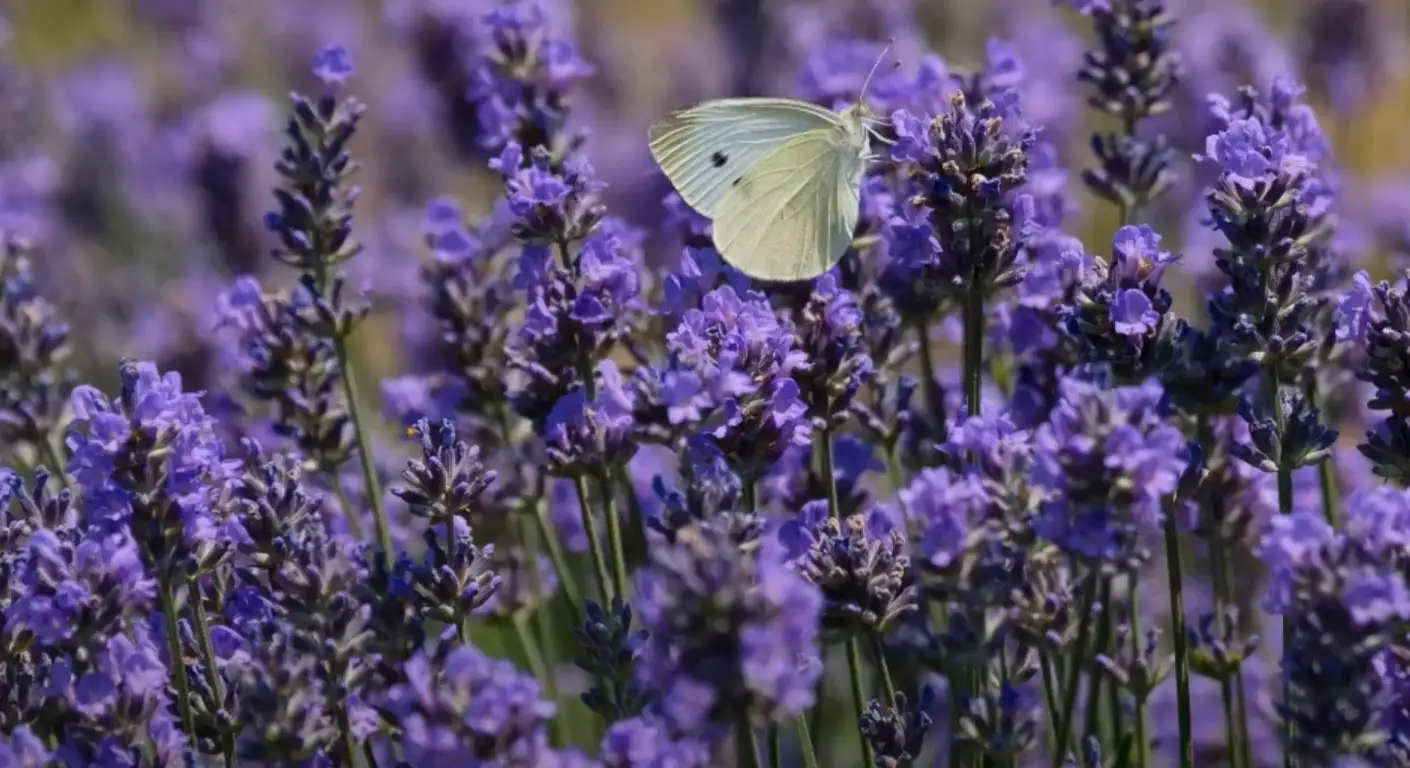


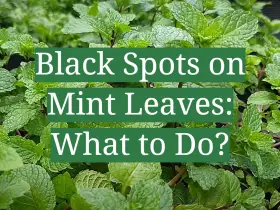

Leave a Reply
View Comments